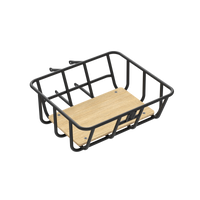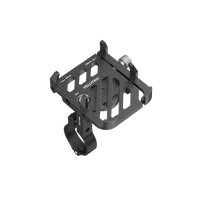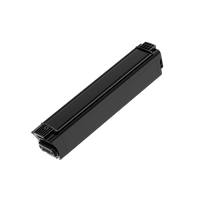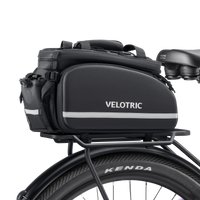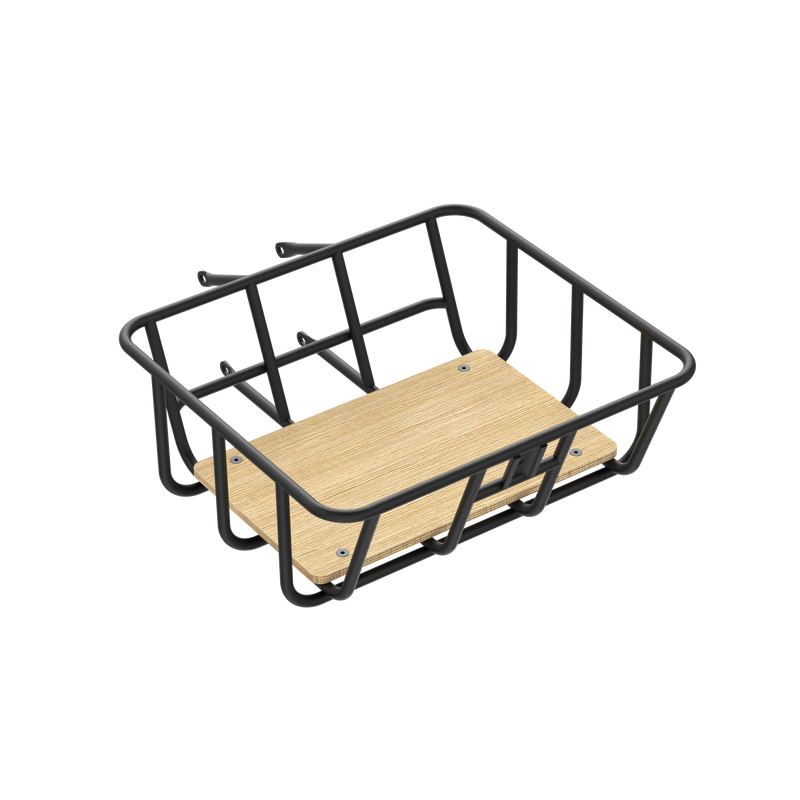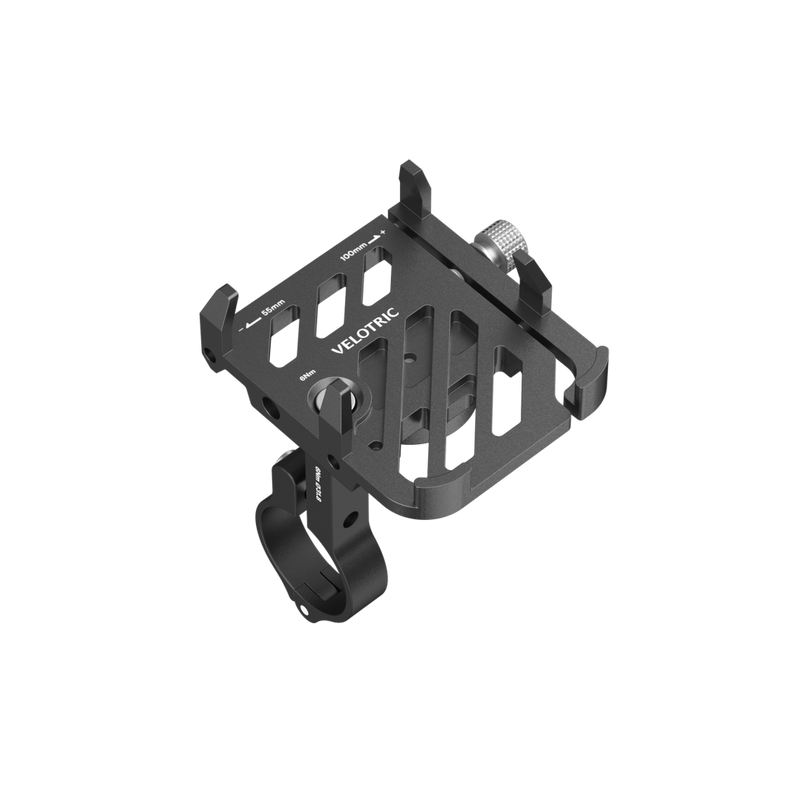Preparation before Inspection & Replacement
- The replacement brake pads (recommend link for replacement brake pads)
- Allen key 5mm
- Needle nose pliers
Disc brakes have pads that wear down over time due to normal use. This can lead to slower brake response times, and it can require more effort from you to engage your brakes.
Squealing disc brakes are often caused by pad contamination. Disc brake pads can be ruined by even the tiniest amount of oil, including the oil from your skin, so whenever you handle them try to minimize contact of the braking surface with your bare skin. If you do touch the pads, clean them with rubbing alcohol or a product designed specifically for cleaning disc brake pads. Then rough the pads lightly with sandpaper.
Brake Pad Inspection
Look to see if your brake pads are glazed or significantly worn. Check the pads by removing the wheel and looking into the space where the rotor spins.
When examining your brake pads, there are several key things to look for:
- Integrity: Make sure there are no chunks, indents, or pieces missing. If there are, replace the damaged brake pads before your next ride.
- Thickness: There should be at least 1.5mm of pad material remaining. If you don’t have a ruler handy, a grain of rice is about 1.5mm thick (width, not length). If the pads are thinner than that, it’s time to replace them.


- Cleanliness: Your brake pads should be free of oil and other contaminants. If they’re dirty, and especially if they’re oily (a big safety hazard!), they need to be replaced.
Brake Pad Replacement
Step 1: remove bolts and adapter
Locate the bolts holding your brake caliper to the rear triangle. There will be one at the top and one at the bottom. Take a 5mm Allen key for your bike and remove both of those bolts.

Step 2: remove the cotter pin from caliper
Now find the cotter pin that secures the brake pads inside the caliper. It’s a metal pin with a looped head; the pin end is bent to keep it secured in place.
We need to remove the cotter pin to inspect the brake pads, so grab your needle-nose pliers and bend the end of the pin until it’s straight. Then push the pin out and set it aside.

Step 3: remove brake pads from caliper
Gently push down on the mechanism that’s underneath where the cotter pin used to be. Now flip the caliper around; you’ll see that the brake pads are emerging from the caliper. Push the brake pads out and set them aside.

Step 4: Re-attach the brake pads back to clipper
Re-attach the replacement brake pads to the clip. Keep pinching the pads together and slide them into the center of the caliper. Push them all the way in until they are fully slotted into the caliper.slide the pads into the brake caliper, hinge-side first.

Step 5: install brake pad back to the brake caliper
Push the new brake pads with a clip back to the brake caliper.

Step 6: install the cotter pin back to caliper
Use needle nose pliers to carefully bend the end of the retention pin to around a 90° angle so it cannot slide out.

Step 7: reinstall the brake caliper
Reinstall the brake caliper back to the adapter with a 5mm Allen key.


*Step 8: adjust and align the brake caliper
If the brake rotor does not spin freely between the brake pads the brakes require additional adjustment. Click HERE to learn how to adjust the brakes.























